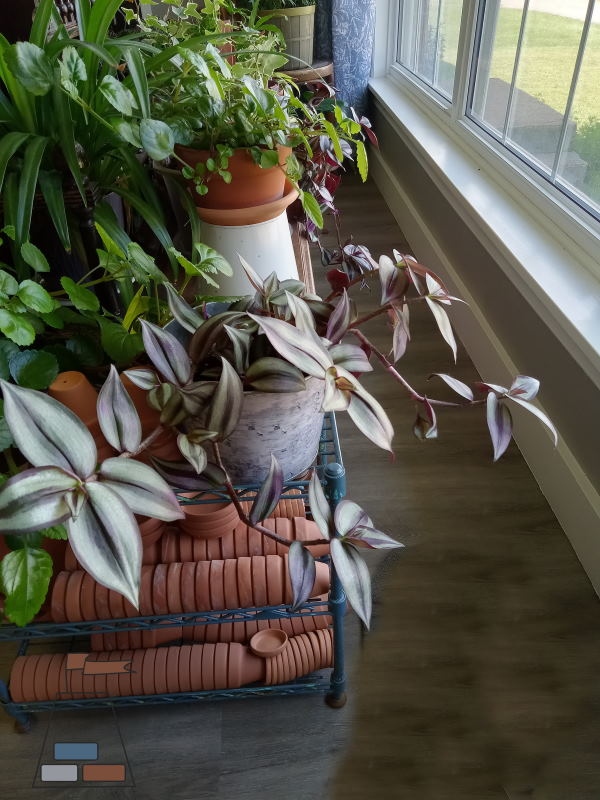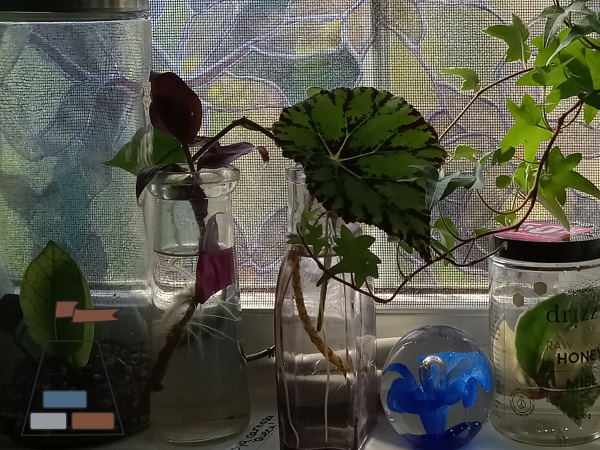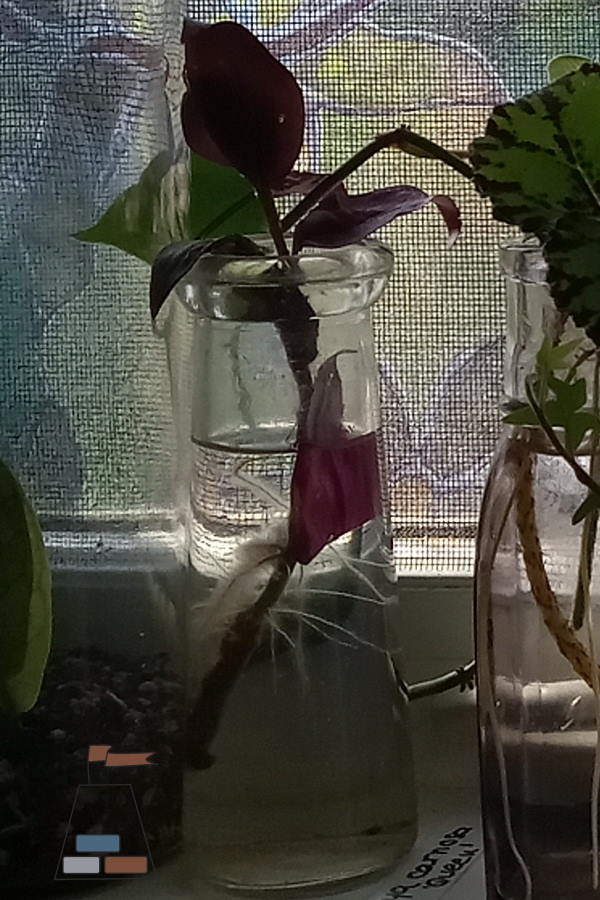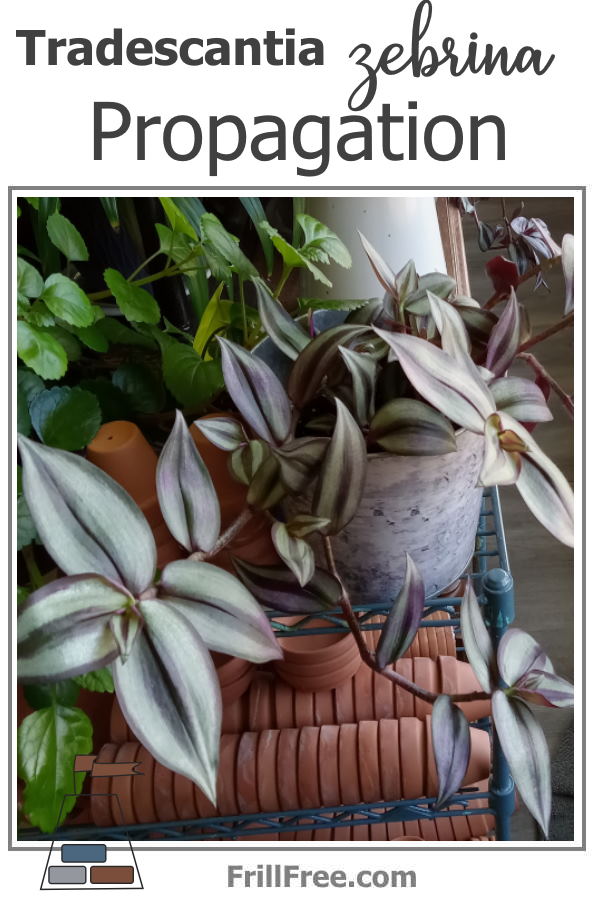- Homesteading
- Growing Ornamental Plants
- Tradescantia zebrina Propagation
Tradescantia zebrina Propagation
Grow More Of This Super Easy Beginner Plant
You may know this plant by various other names, such as Wandering Dude, but know this; Tradescantia zebrina propagation is one of the most rewarding of activities, no matter what the name.
If you've grown this plant, you may have found that occasionally the growth dwindles and gets quite small and spindly. No amount of watering helps, and moving it into brighter light could just spell the end.
No worries! This is an amazingly resilient plant, and 'remaking' it brings great rewards. What does that mean? Cut off the ends, and root them as described lower on the page for a whole new beautiful plant.
The plant you see in the pictures was, less than a year ago, a scraggly piece that had fallen off a larger plant in a parking lot, and had been walked on many times and left for dead.
I scooped it up, knowing that you only need one viable node to give it a chance of recovery.
 Tradesacantia zebrina plant - there are actually two, the one in the background is the original one rescued off the ground in the parking lot
Tradesacantia zebrina plant - there are actually two, the one in the background is the original one rescued off the ground in the parking lotAfter picking it up off the ground, we continued on our yard sale journey, making it home in time for lunch. On that warm day, this little desperately ramshackle cutting survived on the console between the seats.
When we got home, I put it into a jar of water on the windowsill in the bathroom.
 Tradescantia zebrina cutting in water, with other cuttings
Tradescantia zebrina cutting in water, with other cuttingsThere it lived, quite happily, as it recovered from being dried out, stepped on and generally abused.
It took a few weeks for it to completely rehydrate, then the miracle happened. Roots emerged from the nodes under the surface of the water, and new growth pushed up from the top.
How does it know how to do that? This is why I took Ornamental Horticulture and got my diploma. I'm fascinated with all things plants, especially propagation.
 Tradescantia zebrina cutting, rooted into the water
Tradescantia zebrina cutting, rooted into the waterIn time, the roots almost filled the glass jar. Some people say that the roots that emerge in water are soft and also brittle, and have a hard time adapting to life in soil. With this particular plant, this is not the case.
Tradescantia zebrina is quite happy to root in either soil or water. The water method is fun because you can see the roots emerging, but the soil method means that there is no transplant shock for the plant deal with.
If you find a cutting on the ground, rescue it. If you happen to know a friend with one of these great plants, they will be happy to know that cutting off a piece of it will only make it bushier and more compact, so cut away.
Take them home to root, and if you can, use three or four in a hanging basket to make a nice full plant to hang in the bright window of an east or northern exposure. Water occasionally, letting it dry out down to the first knuckle of you finger.















